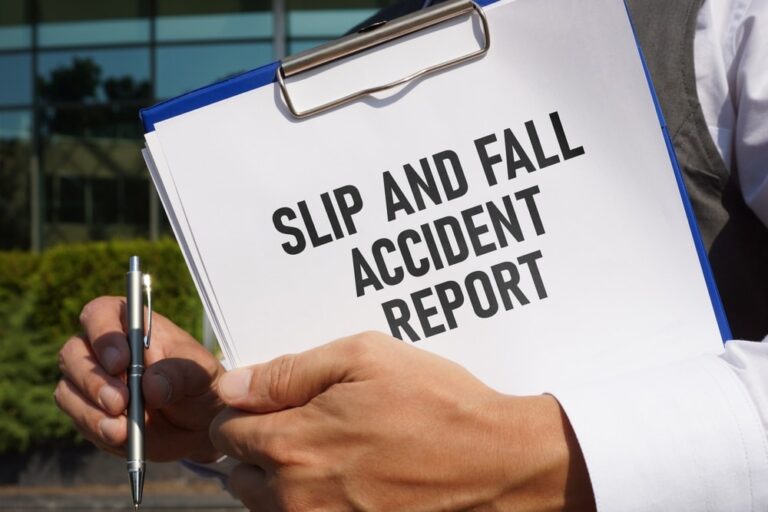Key Takeaways:
- Pedestrians hit by cars in Wisconsin can sue the at-fault driver for injuries and damages.
- Personal injury claims require proving the driver’s negligence, duty of care, and breach causing harm.
- Key evidence includes medical records, photos, eyewitness accounts, and expert testimony.
- Wisconsin law allows three years to file a claim, covering medical bills, lost wages, and pain and suffering.
- Comparative negligence reduces compensation based on the pedestrian’s fault; over 50% fault bars recovery.
If you are a pedestrian and are hit by a car in Wisconsin, you have the legal right to sue the driver of the vehicle. That is, if the driver is at fault or contributed to the accident in some way.
Pedestrian-car accidents can be traumatic and often lead to serious injuries, and pursuing a lawsuit may be necessary to cover medical expenses, lost wages, and other damages.
In Wisconsin, the process of seeking compensation for injuries is shaped by the state’s personal injury laws, negligence rules, and insurance requirements.
Understanding Wisconsin Personal Injury Claims
A pedestrian accident case falls under what’s known as a personal injury claim. Personal injury claims arise when someone is harmed due to another party’s negligence. These claims are most commonly from car accidents, workplace incidents, or defective products.
Establishing fault is key, and legal help is often essential for serious cases:
In a Wisconsin personal injury case, establishing fault involves proving that one party’s negligence caused the injury. The injured party must demonstrate that the defendant had a duty of care, breached that duty, and directly caused harm as a result. This can involve showing that the defendant acted unreasonably or failed to take necessary precautions.
Types of Evidence When Proving Fault
Evidence such as witness testimony, expert analysis, and physical documentation, like photos or medical records, is often used to support these claims.
Legal Considerations and Compensation
Wisconsin has a statute of limitations for filing these claims. That limitation is three years, which means injured individuals have three years from their accident to file a claim.
There are also damages to consider. Think of damages as losses related to the accident. Calculating damages includes medical costs, lost income, and pain and suffering. Settlements for damages are often negotiated outside of court, but a lawsuit may be necessary if disputes arise.
For more detailed guidance, visit the Wisconsin State Bar page.
Wisconsin Comparative Negligence Rule in Pedestrian Injury Cases
What if both parties are at fault?
Wisconsin follows a comparative negligence rule in car accident claims, which applies to situations where fault is shared between the parties involved. Under this rule, as long as the injured party’s negligence is not greater than the other party’s, they can still recover damages.
However, the compensation is reduced based on their percentage of fault. For example, if a pedestrian is found to be 30% responsible for an accident, they can recover 70% of their damages. If their fault is 51% or more, they are barred from recovery altogether.
Here’s an illustration to give you a better idea:
If the pedestrian is found to be 40% at fault and the total damages are $300,000, the compensation would be reduced by 40%, leaving the pedestrian with $180,000.
For official documents and more helpful information, visit the Wisconsin State Law Library on the topic of comparative negligence.




